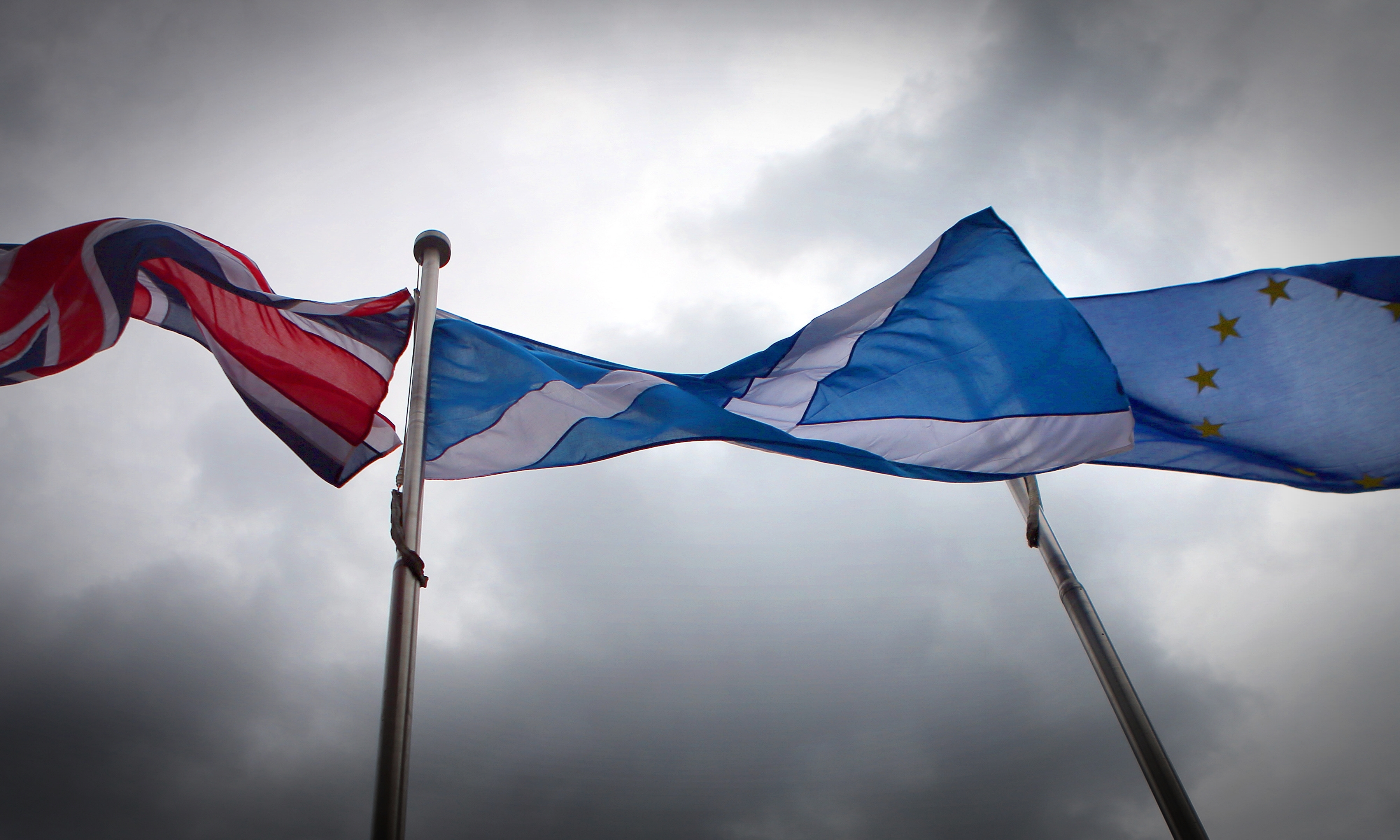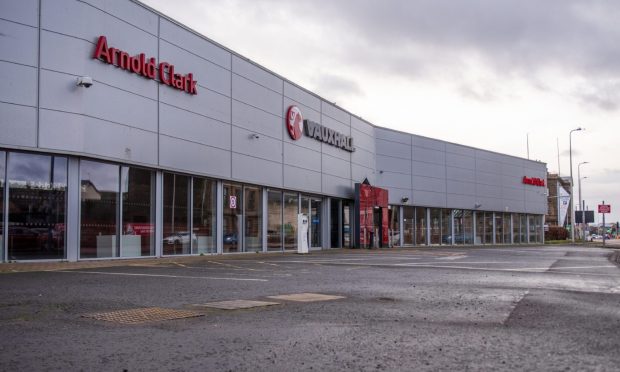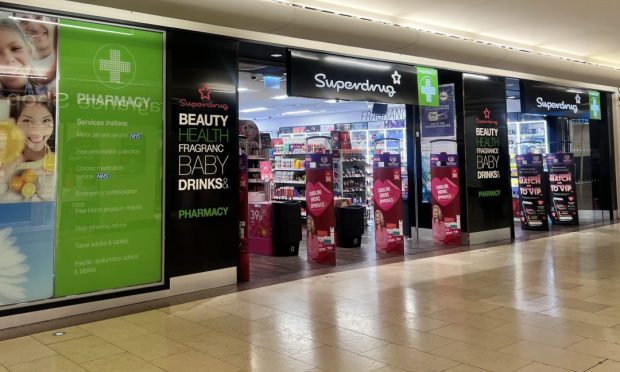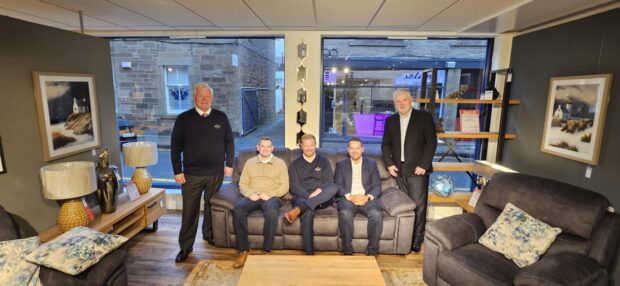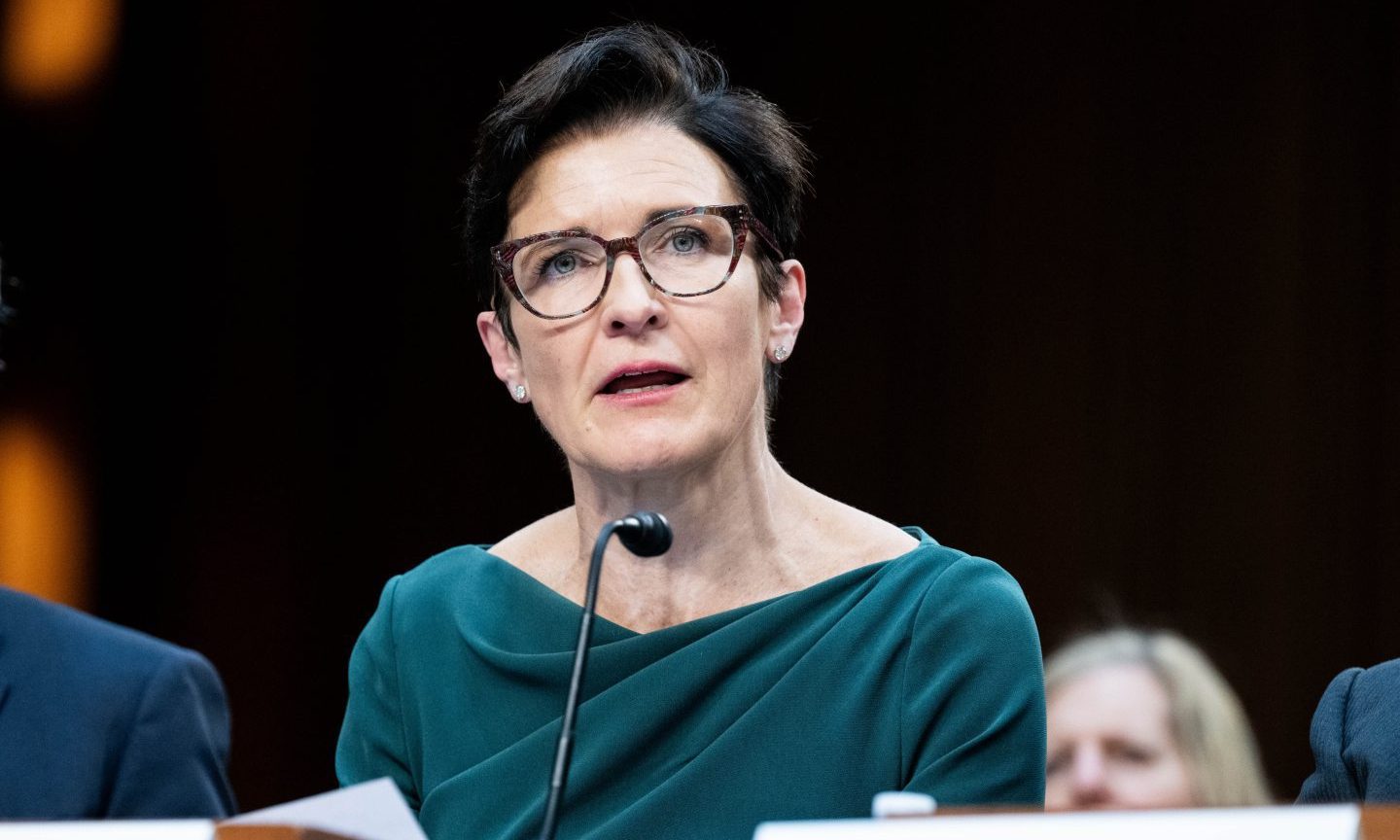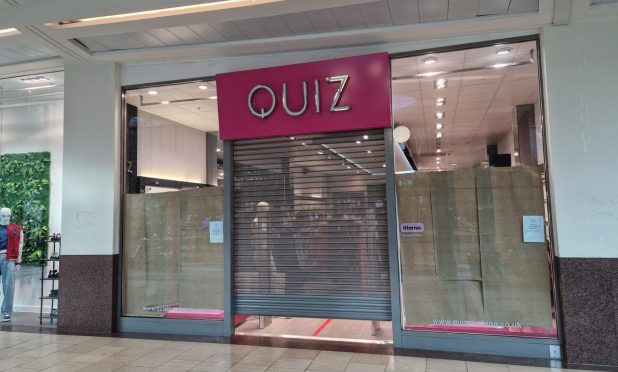The vote for Brexit could spark a “sharp slowdown” in Scotland’s economy, with experts also predicting the jobless rate will rise in the wake of the referendum result.
The Fraser of Allander Institute, which is based at Strathclyde University, has downgraded its GDP forecasts for the coming period – the second time it has done so in weeks.
It now predicts Scotland’s economy will grow by 0.5% in 2017 instead of the 1.9% it had said it expected in June.
While the report claimed Scotland is unlikely to suffer a “sustained recession” as a result of the UK’s decision to leave the European Union (EU), it warned economic growth between now and 2018 “will be perilously close to zero in individual quarters” and that a short “technical recession” – two consecutive quarters of negative growth – is now “highly possible”.
In June, the think tank revised down its growth forecasts in light of “a weakening outlook for investment, household spending and growth in key Scottish export markets”.
The result of the EU referendum had a “material impact” on this work and, as a result it, has now published a revised version of its economic commentary.
It said: “Our central forecast is that growth will slow to 0.9% in 2016 (down from 1.4% forecast in July) followed by an even sharper downward revision in 2017 and 2018 to just 0.5% and 0.7% respectively (down from 1.9% and 2.0%).”
The unemployment rate, which currently stands at 5.5% in Scotland, is also forecast to rise to 7% in 2017 as the jobs market slows.
Professor Graeme Roy, director of the Fraser of Allander Institute, said: “Following the referendum result, we predict a significant slowing in the rate of growth in the Scottish economy.
“The combination of economic and policy uncertainty coupled with the longer-term structural consequences for trade and investment from leaving the EU make the outlook much more pessimistic than before.
“Given Scotland’s fragile economic performance over the past 18 months, the impact of the EU referendum result is exactly what the Scottish economy did not need.
“The top priority has to be retaining access to the single market which will help mitigate some of the most damaging effects on investment, trade, productivity and jobs.”
The report concluded the “next three years promise to be an uncertain environment as the UK prepares to formally leave the EU” as it called on the UK Government to set out “clear intentions and realistic objectives” for exit negotiations.
Meanwhile, with First Minister Nicola Sturgeon having said a second independence referendum is now “highly likely”, the think tank said the Scottish Government would “in time” be required to “clarify its own plans for the constitution to avoid adding to the existing uncertainty”.
Finance Secretary Derek Mackay said: “This report is another deeply concerning assessment of the consequences of the EU referendum result and how it threatens to undermine all of the recent positive signs in Scotland’s economic outlook.
“The likely consequences to Scotland’s economy of leaving the EU are damaging enough – but the UK Government’s complete failure to even plan for the possibility of a Brexit vote has only added to the tremendous uncertainty that business and investors are feeling at the moment.
“The Scottish economy has remained resilient in the face of external challenges over the last 18 months.
“Growth for 2015, at 2.1%, was close to trend and despite challenging labour market conditions during this period, both unemployment and employment have remained fairly stable, with the most recent data showing slight improvements in headline figures.”
